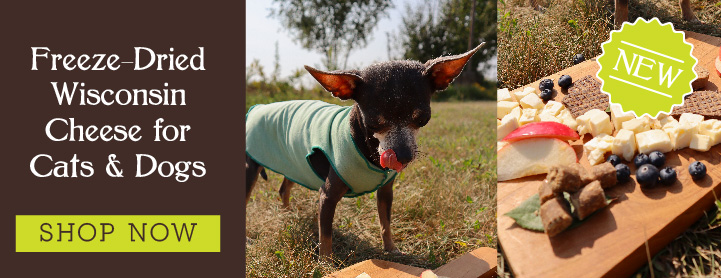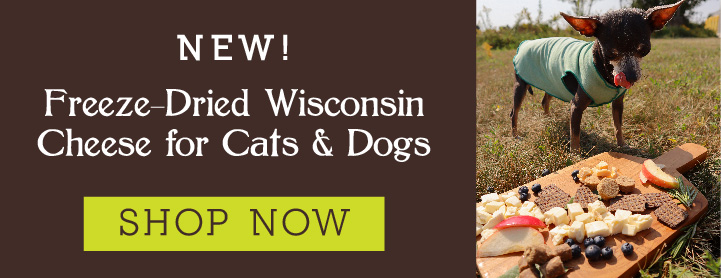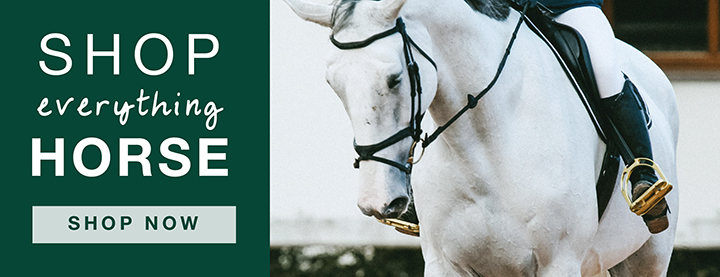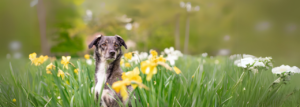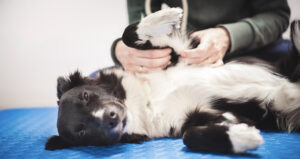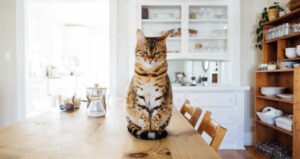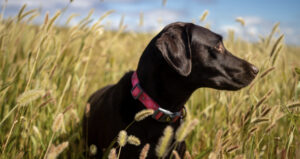Here are some ways to support your dog through their anxiety
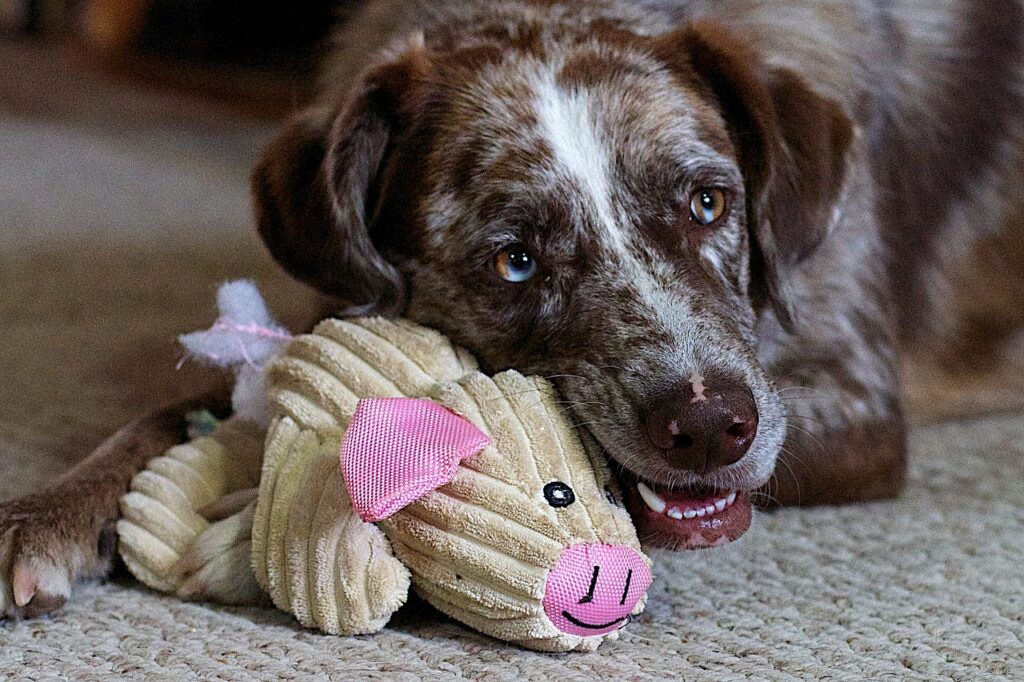
Make sure you're using July Third the best possible way
Why do this
We want to set you up with the right expectations of how these herbs work best, what they can and cannot do, and what you can expect the day of.
It’s important to consider that you’re dealing with a complex, living, breathing individual.
It is not like taking an aspirin for a headache; voila, problem solved. A headache isn’t an emotion.
But if your dog can settle a bit more or seem a little bit less stressed, that’s huge, and you are making strides in the right direction.
How to do it
Try them before the day of the stressor. Seeing how your dog responds to them in a balanced emotional state can help you gauge how they affect him in a high-stress state. They are 100% safe and have no long-standing effects.
Give the chews 1-2 hours before the event so they have enough time to go into effect.
Do not use them with a dog less than 5 lbs.
Do not exceed the recommended dose—we cannot stress this enough as it may have the opposite effect.
Crumble the chews over peanut butter and spread into a thin layer on a plate or lickimat.
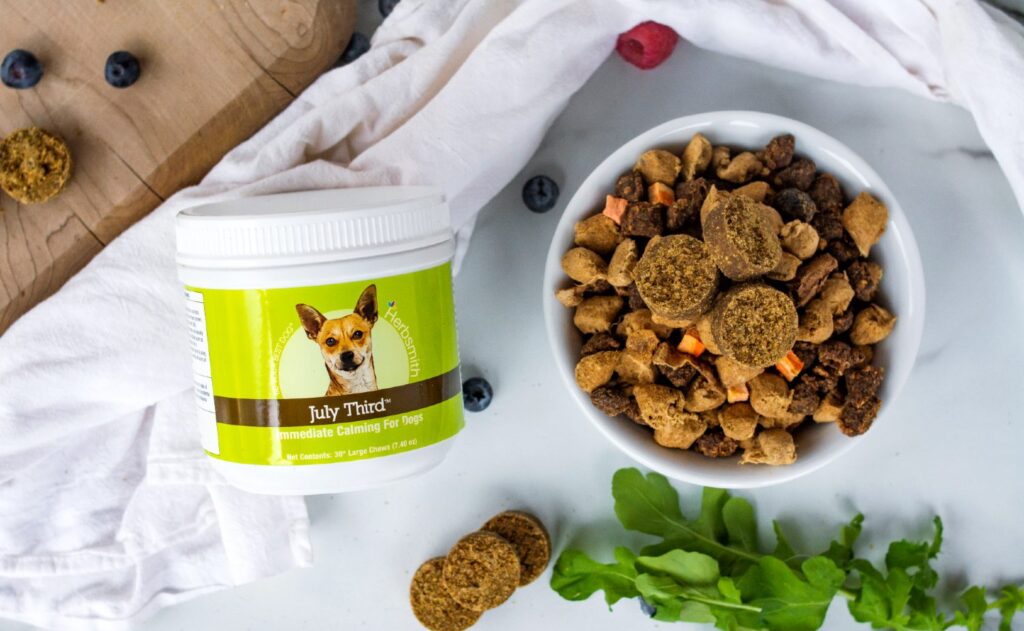
Provide Distractions!
Squirrel. 🐿️
Why do this
Toys, treats, social interaction, and activities (even running) can be used as positive reinforcers (and welcome distractions). If excited anticipation occurs around a toy, activity, or interaction, you know you’ve got a positive conditioned emotional reinforcer.
If your dog is focused on a task or challenge, she can’t spend as much time doing her anxious behaviors (pacing, chewing, etc.).
Focus on easy, natural, enjoyable activities for your pup to help her get through anxious moments.
There are a few options that seem to be universally adored by dogs, so if you don’t already use these, now is the time to start.
How to do it
Toys, including puzzle games, snuffle mats so they can forage, nose games so they have to seek
Treats or any highly coveted food like peanut butter on a lick mat (or even a plate)
Food enrichment toys
Yak chews or raw meaty bones, since chewing is most dogs’ favorite pastime. It keeps a dog physically and mentally occupied.
Social interaction like cuddling or even petting
Activities like tug, hide and seek, even running
Wraps if it’s a positive reinforcer
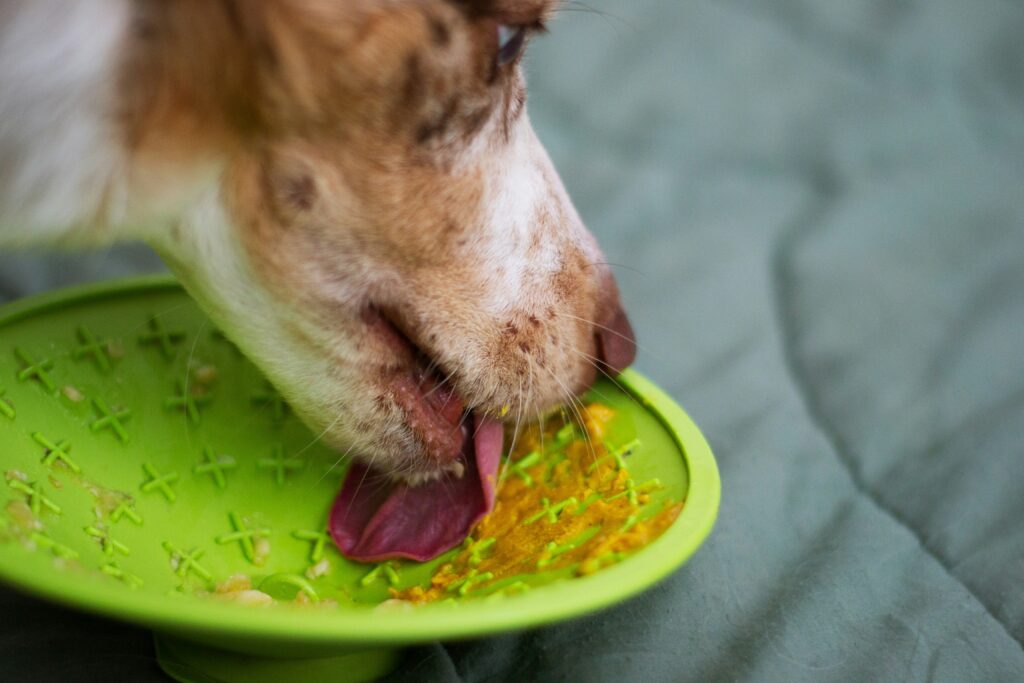
Let Them Lick
Why do this
Licking is a self-soothing behavior that releases endorphins and serotonin. Its repetitive and rhythmic nature can also calm a dog’s central nervous system.
How to do it
Peanut butter + bowl or muffin tin (freeze if time)
Use food enrichment toys. They are 1 part treat – 1 part brain game (recipes below)
Food Enrichment Toy Recipes Dogs Love
Chicken Lickin’ Good
Step 1: Get your toppl or kong out
Step 2: Take the pulled chicken and pack it into the toy
Step 3: Put July Third chew(s) on the chicken
Step 2: Pour bone broth or kefir over the chicken and chew(s). Don’t forget to plug the hole in the Toppl!
Step 3: Freeze overnight
The Elvis Special
Step 1: Add banana, peanut butter, goat’s milk, and the July Third chew(s) to your blender
Step 2: Blend that baby
Step 3: Pour into your Toppl, Kong, or spread over lickimat
Step 4: Freeze overnight
Prep the Space
Why do this
The goal is to mute everything as best you can. Identifying a space that your dog feels safe in is crucial to their ability to calm down and settle.
Your dog can retreat to this space when they feel overwhelmed and stressed.
How to do it
Let them choose a safe space. It could be their bed, crate, or even a repurposed section of a closet.
Give them their reinforcers there occasionally, and you’ll craft this special, safe place (away from the hustle and bustle of the household) where the combination of all these good things can come together the day of.
If you’re in a room with windows, darken the room and pull the shades to avoid flashing lights.

Calming Music
Why do this
It’s been shown that classical, soft rock and reggae music help calm dogs. The tracks below can be rotated with the soothing sounds of Bob Marley, the day of.
How to do it<br
You can rotate your sounds– you could use the tv, classical music, or a white noise machine– anything to divert attention from the sounds that will be happening. You’re only going to use one source at a time, so you don’t overwhelm them.
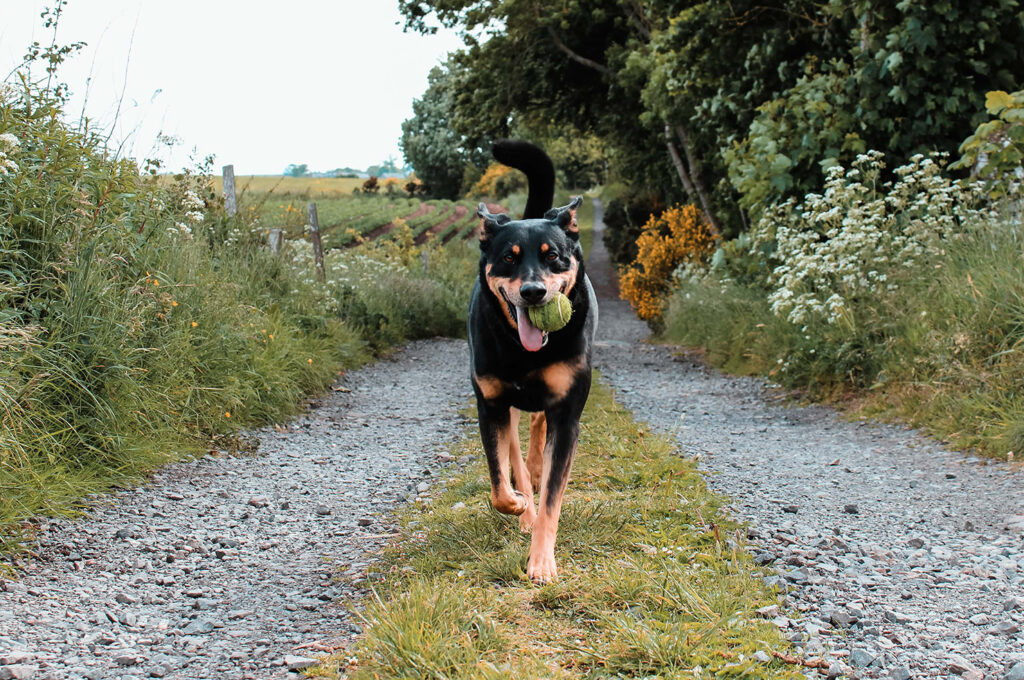
Increase Mental & Physical Exercise
Why do this
Boredom can also cause stress, so when they are engaged with a game and using their brain to problem-solve, it can have the same stress-reducing effect that a game of fetch or frisbee has on a pent-up dog.
It’s not so much about increasing the duration of activity as it is doing it consistently, though. If you stick to increasing the duration of, say, fetch, there’s this snowball effect.
You’re building up their stamina week after week – meaning they need more and more each session to be placated.
How to do it
Train with your dog (20 minutes or so), play nose games so they have to seek, snuffle mats so they can forage, and give them an interactive puzzle toy.
Play fetch or frisbee, get a game of tug going, walkies in the morning and evening, and dog parks on weekends.
Focus on upping the frequency of play instead of duration. Play ball, tug, go for walks consistently. Ideally, you’re doing this several days a week, if not daily.
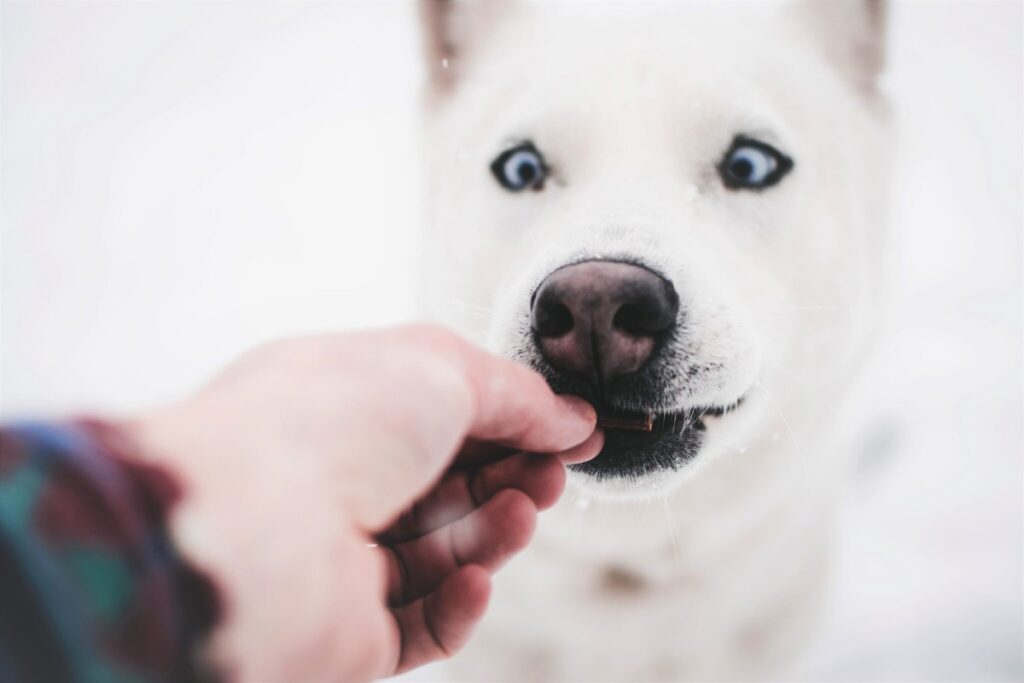
Swap their Distractions
Why do this
Like two-leggers, some distractions just may not work or some may work better for our dogs when they’re feeling stressed. If something isn’t calming them, then you have to tweak your approach.
** Don’t introduce new reinforcements (or distractions) the day of, or they can immediately be lumped in with the fear.
Squirrel. 🐿️
How to do it
You must use food, toys, and any play, such as tug or fetch, that they already like.
If they move away or stop, they’re saying that isn’t helping right now, so you’ll know it’s time to swap for something else.
Remember to introduce these tools at least three months before fireworks or storm season and use them regularly throughout the year.
If you only do them right before the event or while the light bursts and booms happen, they could become a precursor or a cue that something bad will happen instead, which will make them more anxious.

